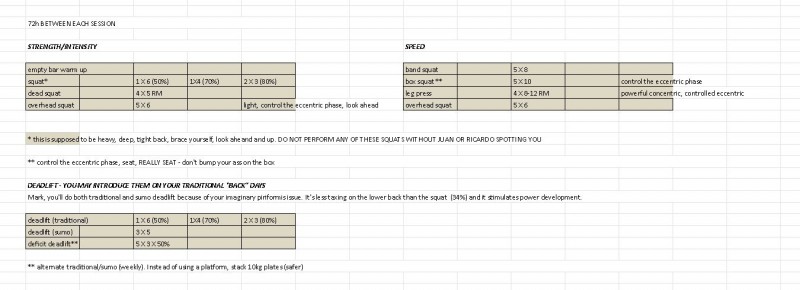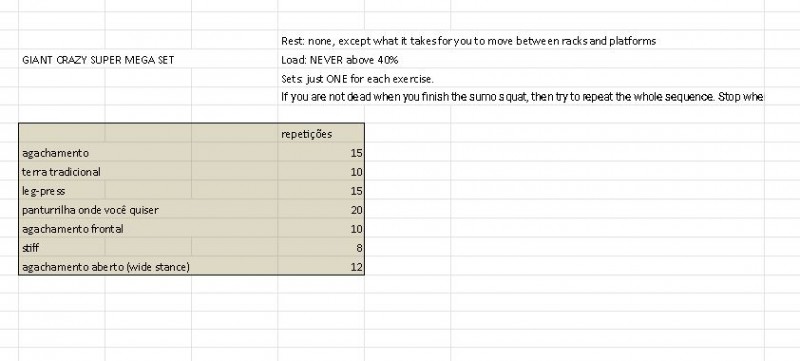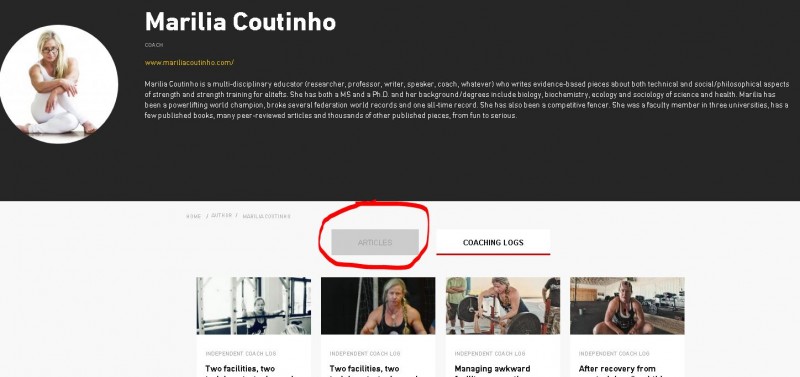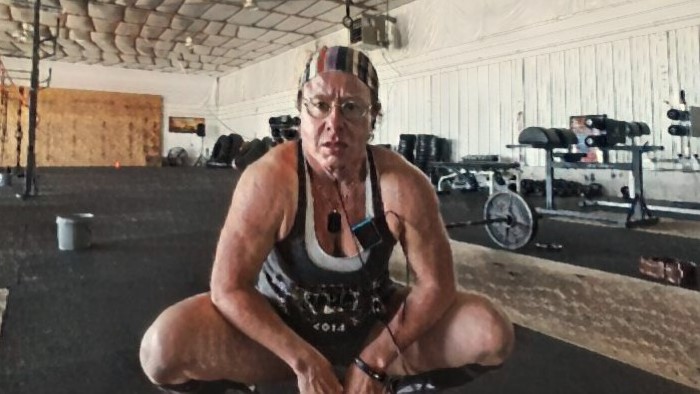
Most (real) coaches have met several practitioners and even athletes who, not used to squatting, will swear that they have a “shortened Achilles tendon”. There is always someone at the squat rack, at any gym, squatting with 1lbs plates under their heels: it’s the imaginary shortened Achilles tendon. I win, though: I had an athlete with an imaginary “unresponsive piriformis”.
This story is from 10 years ago. Mark is an old family friend and good physical therapist. At the time, his hobby and passion was mountain biking . He trained hard and had a pretty decent form on the bench press, overhead press and other exercises but never squatted. He often pointed out that he had no ass because of his “unresponsive piriformis”. I dismissed this piriformis talk, especially because he didn’t squat. One day I decided to understand his “issue”. He had concluded that “deficient piriformis recruitment” was probably the cause of his inability to squat. So, not “piriformis syndrome ” (a rare neuromuscular condition promoted to ubiquity by crazy inaccurate diagnosis)? No: he had “activation deficiency”.
This is the piriformis (so that you’ll understand my skepticism):
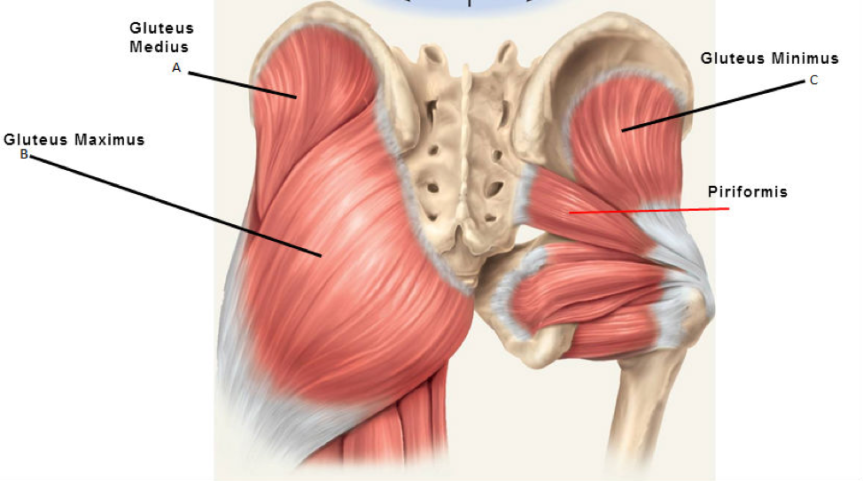
- How did you diagnose that?
The very long and convoluted answer did not convince me at all: no image (“no, because it won’t show on an MRI”), no EMG (“no, because it’s impossible”), just “the movement pattern suggests”? I didn’t buy it. So I proposed a challenge: to follow a training protocol that I would design. We would evaluate movement pattern and estimate squat 1RM before and after. For two months, he would do this:
Protocol A (3 weeks – 2 to 3 times/week – the requirement is 72h minimal recovery time)
Protocol B (1 week, just ONE session that week)
That was fun. Yes, I supervised him during all the first sessions. He’s a 6ft2” tall, 220lbs male and I’m a 5ft, 125lbs female. In the beginning, the movement looked really bad and he needed assistance to resume upright position. That didn’t happen because he squatted to failure but just because he just lacked coordination. The squat was a new (old) movement for him. It took a couple of weeks for him to perform the overhead squat (with an empty bar).
We evaluated his movement pattern but couldn’t estimate 1RM: before these two months, he didn’t (whether he “couldn’t” or he “wouldn’t”, we’ll never know) squat to depth. Any estimate would result in a comparison between apples and oranges if he succeeded in developing a squat (and he did).
Mark was reasonably proportional, so he developed a nicely vertical-torso, fluid movement. A cute squat. It was obviously not a strong lift since, technically, it was the first time he performed the barbell squat with full range of movement.
In the end, he concluded that “perhaps” his piriformis wasn’t a lost case, after all. He never admitted that it was all in his head, though.
This coach log is a collection of coaching stories, each one with a lesson. For ARTICLES, go back to the author page and click on them.









